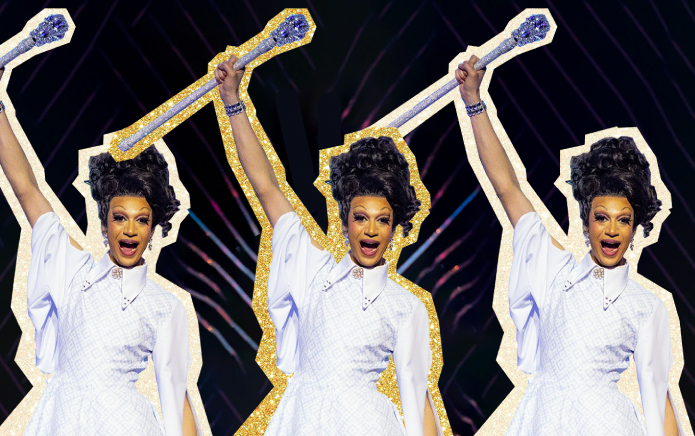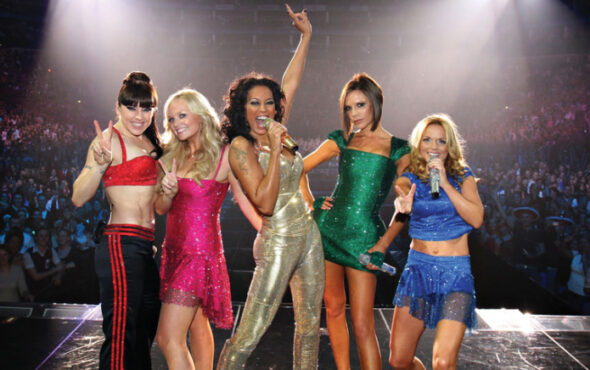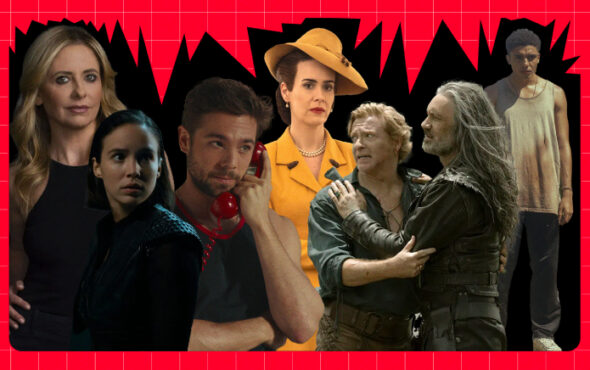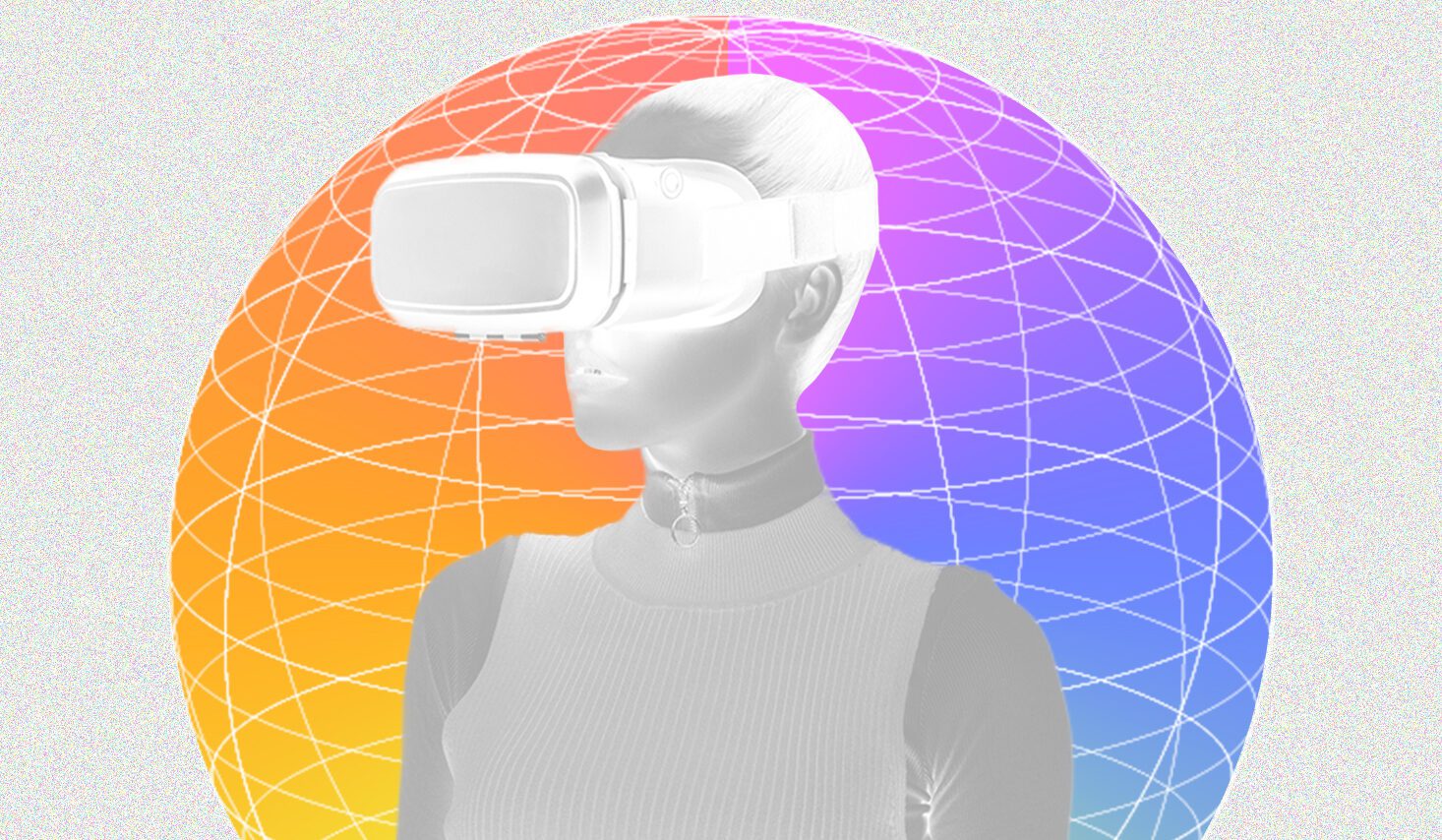
In the past decade we’ve seen the beginnings of the mixed reality revolution. From Snapchat filters to Pokémon GO, augmented reality has become a part of our everyday lives. Virtual reality, meanwhile, is becoming more advanced and affordable, delivering new ways of entertaining and educating the next generation. It marks a monumental technological shift; one where there will be limitless opportunity to express your creativity; one where you can be who you want to be; one where you can build a world you want to live in. Yeah it sounds like the premise for a 90s sci-fi movie, but technology is currently advancing at an exponential rate that it will soon be at the tip of your fingers. Computer processors are getting faster, more powerful, increasingly capable, and more accessible. This, in turn, will ultimately alter the LGBTQ+ experience as we currently know it.
The term ‘mixed reality’ is one that houses all of these new formats; a blend of physical reality with digital elements, virtual experiences and hyper-connectivity. “It’s trying to define any immersive digital experience or technology,” says Alex Semenzato, Director of Global Strategic Partnerships at Talenthouse. “Anything that is multi-sensory, 3D and immersive. It all falls under XR, which stands for mixed reality. People know AR and VR, but then there are all these other wacky and wonderful things and that’s when they all come under mixed reality.” These new technologies are becoming increasingly sophisticated – as is the way we view them as consumers. “A couple of years ago people would’ve thought it was gimmicky, but now we are starting to see it be used for more utilitarian purposes like placing furniture in your home from IKEA, or [looking around] car showrooms. Even more so with the pandemic, it’s really enabled people and brands to provide these digital experiences whilst people are safe at home. It’s the next revolution. As more and more brands do that, it will head towards a wider consumer base. Over time there will be more consumer adoption, and people will realise that it’s something that’s here to stay and can actually be quite useful.”
This fast-growing market needs aspiring creatives skilled-up to understand the technology behind XR and to create these new future-facing experiences for consumers. That’s where Reality.House comes in. A new platform launched earlier this year, Reality.House will provide inspiration, education and development opportunities for creatives who are keen to get involved with, or want to advance their skill set in, mixed reality formats. There’s educational content for different levels of ability, news on the latest technological developments, and insight on innovative ways creatives can connect with brands to respond to commercial briefs. “We saw this opportunity to provide new opportunities to up-skill creators on the power of AR – literally bring your imagination to life,” says Alex. “Whether you’re a 2D or 3D creator, you’re halfway there. You have the foundational skills to use tools like Facebook’s Spark AR.”
For director and writer Jade Ang Jackman, mixed reality offers her new avenues of creativity that she hasn’t had as much access to in the past. “As a filmmaker, I’ve always been quite interested in how I can incorporate elements of heightened reality in the set building,” she says. “Special effects and VFX can be quite expensive. But what’s exciting about mixed reality, AR and VR, is that it has become way more accessible than ever.” Jade is a contributor to the Reality.House platform and has explored ways technology is helping people enhance their creativity. As a member of the LGBTQ+ community, naturally her perspective is through a queer lens.
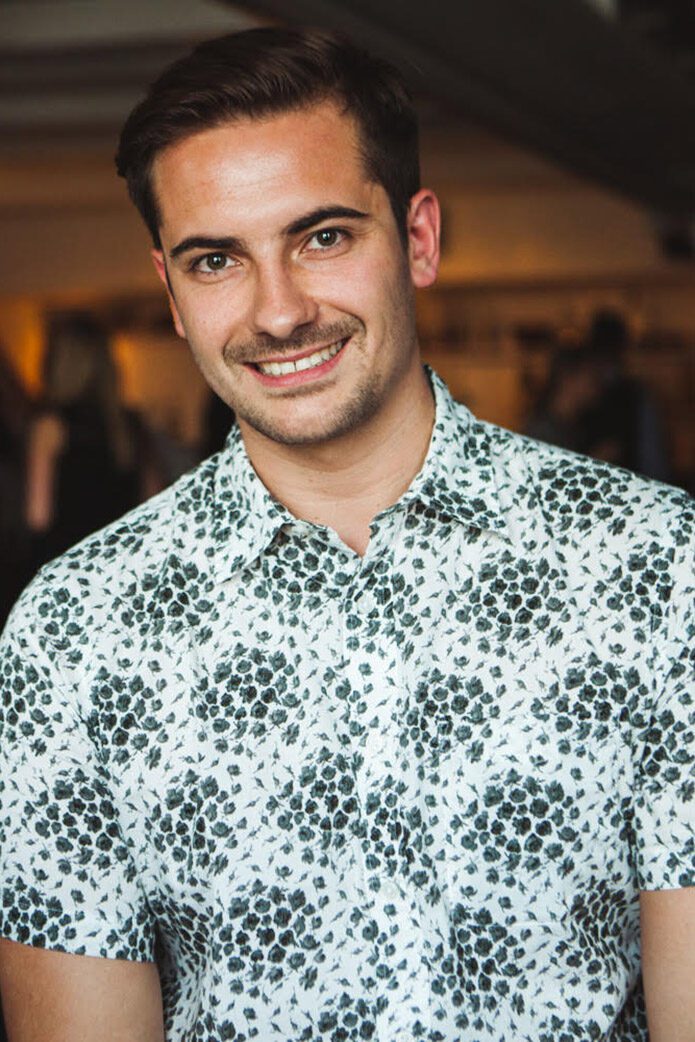
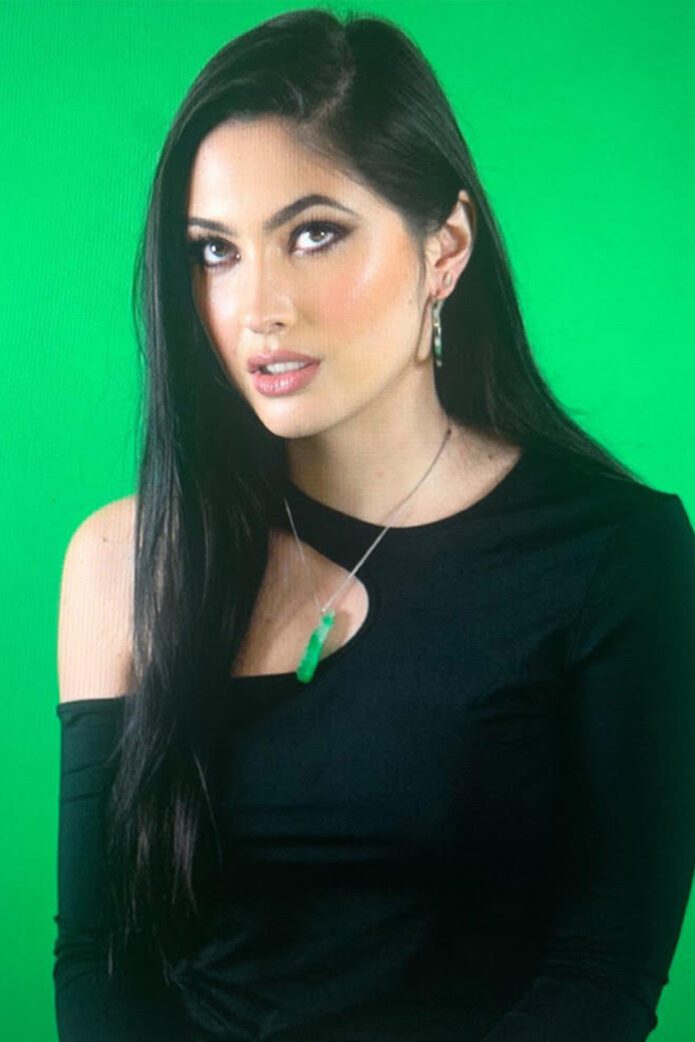
“I did a piece with a creator looking at how creating 3D models and augmented reality helped with their gender dysphoria,” Jade explains. “Usually when we talk about how filters and augmentation is bad, it comes from the perspective of a cis woman whose body is being told by mainstream media that it should be thinner or it doesn’t belong.” The pressure of patriarchal beauty standards means more users are turning to filters that can give your skin a flawless glow, or make your face thinner – creating an illusion that is largely unobtainable in reality and continues to perpetuate body image issues. However, these tools can be powerful when used in other ways. “When speaking to queer creators, or creators who are marginalised and want to experiment with their gender expression or amplify a certain cause, these tools are actually really helpful,” Jade adds. “It can give them complete agency in a society that doesn’t necessarily allow for it in real life. That’s not to say there aren’t obviously horrible trolls and people are still the same on the internet, but in terms of controlling or recreating the body, it allows for a more playful experience.”
Alex adds that Snapchat has just released body trackers for clothing to be used in AR, meaning soon you’ll be able to try on clothes virtually. LGBTQ+ people will be able to explore their gender expression interactively from the safety of their own homes. Then there’s connectivity. Pride events aren’t always accessible outside of big cities, but a parade in virtual reality could see the community come together no matter where you are in the world. “There could be an opportunity for a digital LGBTQ+ art gallery that could be accessed by people all over the world,” Alex adds. “The accessibility and globalisation of creativity is super exciting.”
There will also be an opportunity for LGBTQ+ people to create their own virtual spaces, and in doing so reclaiming some of the queer venues we’ve lost – albeit this time in what people describe as the metaverse. “With the rise of gentrification, I think queer people need other places to go out,” says Jade. “So many nightclubs and bars and drag performances have been lost to us. That’s not just happening in London, it’s happening in New York and quite a lot of cities. That means there’s less ‘safe spaces’ for LGBTQ+ people to go out in the same way. These venues and nights are being lost. I think especially after Covid we’re going to see a bigger impact on that as well. So with this gentrification of a physical space, more people are going to move online. I think there will be a difference of community there because you can create and exchange your looks and outfits or talents. It’s a new way to engage with people and that will be important.”
When it comes to mixed reality the possibilities are truly endless, and there’s an opportunity for queer people to be on the frontier of this new digital revolution. LGBTQ+ people have always been at the forefront of innovation and pushing the boundaries of creativity, and a platform like Reality.House gives them the resources, inspiration and community to fully realise that potential. Much like social media and dating apps have transformed the LGBTQ+ experience in the past 15 years, we are at the dawn of a new era that will bring us together like never before.
